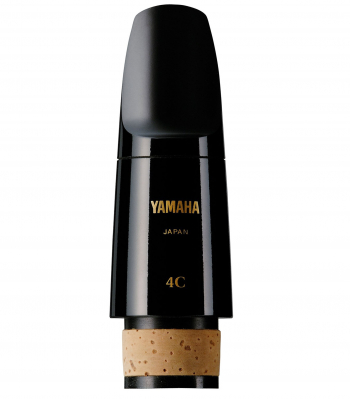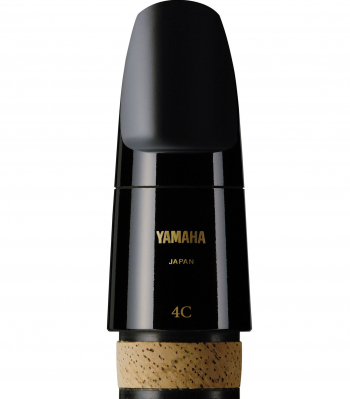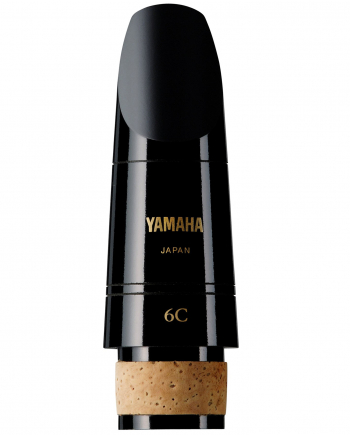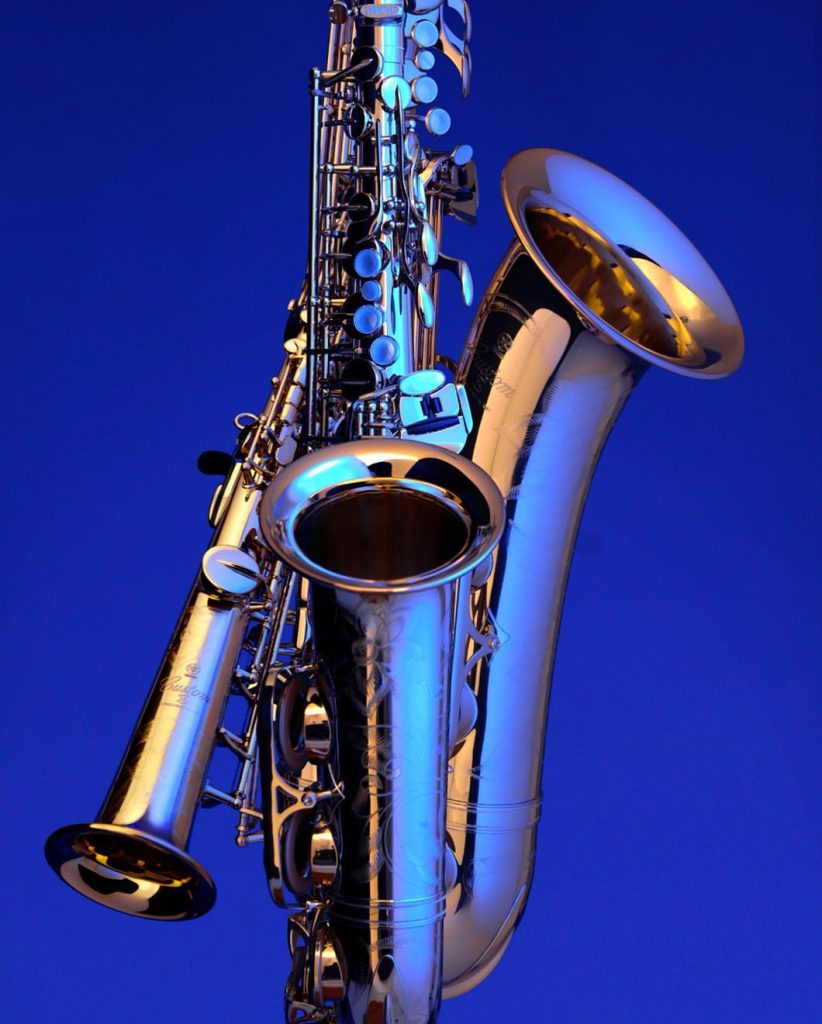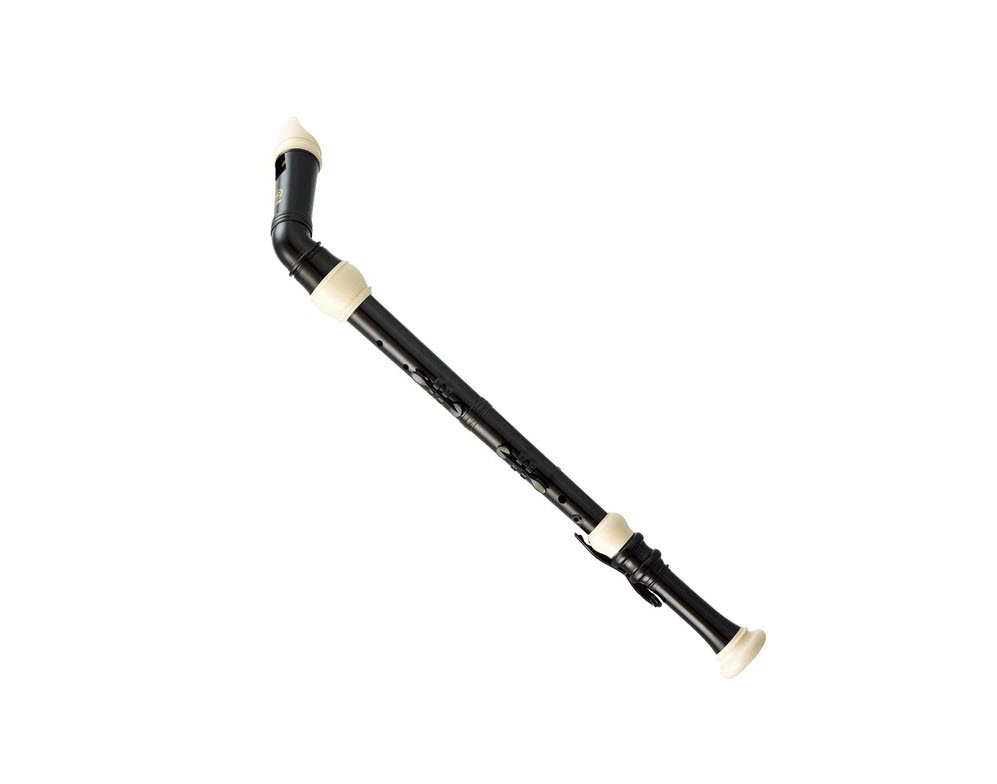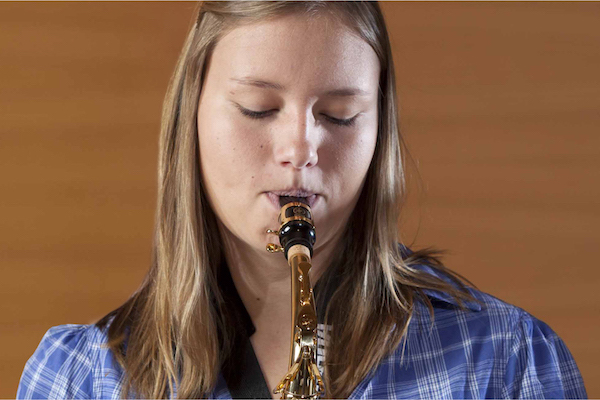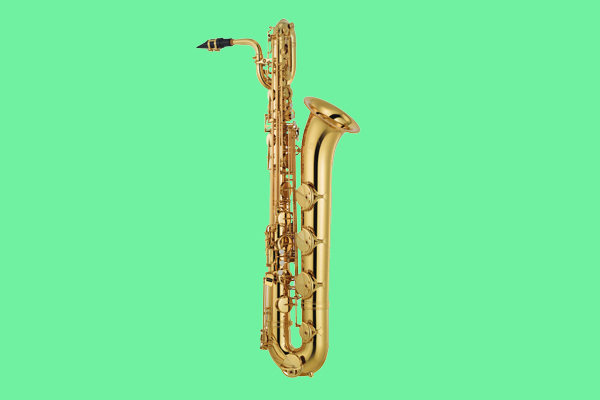Here’s What to Look for When Buying a Clarinet Mouthpiece
It’s a major factor when it comes to your instrument’s overall performance.
The clarinet is one of the more versatile woodwind instruments. It’s found in symphony orchestras and small ensembles, and used in a wide range of musical genres, from symphonies to jazz, not to mention klezmer music, where it serves as the featured instrument.
But what is it that makes a clarinet sound like a clarinet? Well, while the instrument’s inner shape has a great impact on its tone, so too does its mouthpiece. That’s because the mouthpiece, which houses the clarinet’s reed, is integral to producing sound. To make music, the mouthpiece is placed into the player’s mouth and blown into, which vibrates the reed and creates notes via the instrument’s keys. The mouthpiece’s size and shape can dramatically affect that process.
You may think that you should just stick with the mouthpiece that came with your clarinet, but that’s not always the best option. Certain mouthpieces can be more difficult to play than others, and, depending on the materials they’re made from, can create a darker or brighter sound. And of course, quality counts: It’s important to choose a mouthpiece made by a reputable manufacturer. Saving a few dollars may cost more in headaches down the line.
In this article, we’ll tell you what you need to know so you can buy the right clarinet mouthpiece for you.
FIRST THINGS FIRST
As a first step, you want to make sure there are no chips or scratches on the mouthpiece you’re considering purchasing — something that’s especially important when buying used mouthpieces.
You also need to be aware of reed placement, which can have an impact on the sound your instrument makes. The clarinet uses a single reed, and these come in varying degrees of “hardness,” which is generally indicated on a scale from one (softest) through five (hardest), although the numbering system can vary between brands.
The exact placement of the reed is set by adjusting the ligature, which is a piece of metal, rubber or other material that holds the reed to the mouthpiece. Generally, the reed performs best when its tip is lined up flush with the tip of the clarinet mouthpiece. If the reed is placed too far below the mouthpiece’s tip, it may “cave in” on itself, causing a brittle sound … or there may be no sound at all! If the reed is placed too far above the tip of the mouthpiece, it can feel stiffer or harder, making the instrument more difficult to play. The sound will also be diminished in terms of volume or can seem fuzzier.
MOUTHPIECE MATERIALS
Clarinet mouthpieces are made of a variety of materials, including rubber, plastic, crystal, glass, wood, ivory or even metal. In general, the softer the material, the darker the sound; the harder the material, the brighter the sound.
There are two varieties of Yamaha clarinet mouthpieces. They have a similar design but utilize different materials. The company’s Standard Series mouthpieces are made of sturdy phenol resin (plastic), while their Custom Series models are sculpted out of a high-quality hard rubber called ebonite, which offers a deep resonance and tonal qualities similar to those of natural wood. Standard Series mouthpieces are designed to be easier for beginners to play; Custom Series mouthpieces provide more experienced players with an extra degree of control. For more information, click here.
SIZE AND SHAPE
There are a number of aspects to the way a mouthpiece plays and sounds. Two crucial ones are the inner chamber shape — literally the shape inside the mouthpiece — and the facing length and the size of the rails. Bear in mind that these elements aren’t always reflected in the model number and are instead determined more by the brand or series of mouthpieces.
External size, however, is not a big factor. According to Matt Kerns, Yamaha Marketing Manager, Winds & Strings Accessories, “You may find minor differences in the size and shape from brand to brand, but it’s usually just cosmetic. It’s what’s inside that counts!”
Kerns adds, “This assumes, of course, that the mouthpiece is for the correct instrument — there are different sizes of clarinet instruments, like alto clarinet, bass clarinet and so on, and each of these will have a different specific size mouthpiece.”
OPEN VERSUS CLOSED
Another major factor is whether the tip — that is, where the reed meets the end of the mouthpiece — is classified as being open or closed. “The size of the opening at the tip affects the ease and quality of tone production,” says Kerns. “The narrower the tip is, the harder the reed has to be.”
It’s for this reason that beginners should choose a mouthpiece with a medium-sized tip opening, which, according to Kerns, will work well with a medium-hard reed. And experimenting with reed firmness is important each time a player gets a new mouthpiece. Yamaha clarinet mouthpieces range from 3C to 6C, with the 3C having the smallest (that is, most closed) tip opening and the 6C having the largest or widest opening.
“A more open tip can use a softer reed and produce a more powerful sound,” Kerns explains, “while a more closed tip may need a stiffer reed and will produce a more controlled sound.”
BEGINNERS VS. ADVANCED
For beginning clarinet players, it’s generally best to get a middle-of-the-road mouthpiece. For example, the Yamaha 4C is designed specifically to make it easier for a beginner to get started and sound good right away. “More advanced mouthpieces may need more physical strength in the embouchure — that is, the muscles around the mouth,” says Kerns.
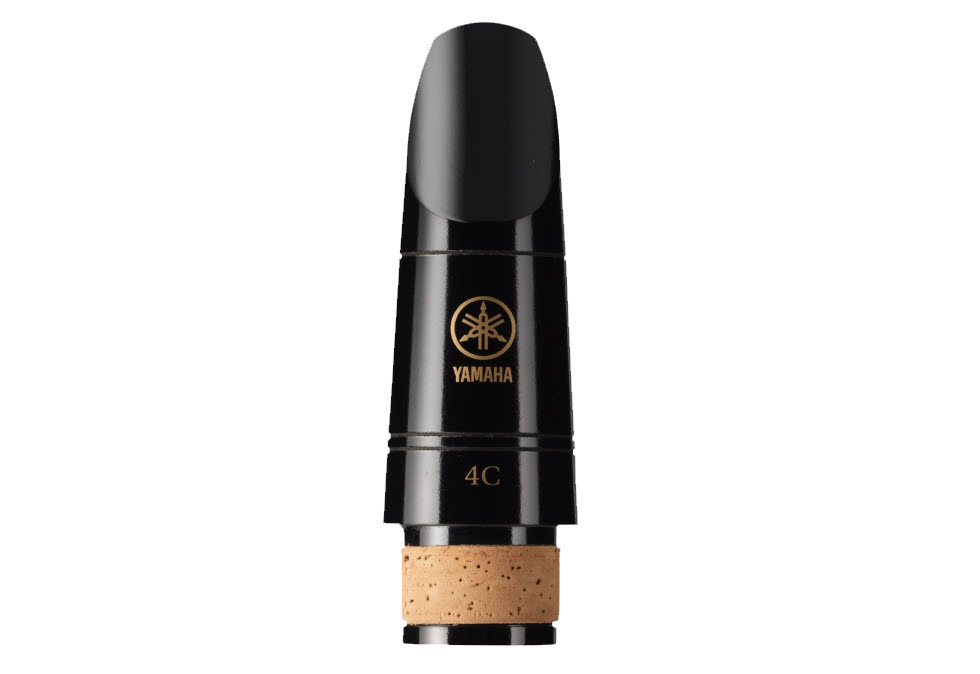
As a reference, the 4C has a medium-small tip opening and works well with reeds in the 2 – 3 strength range, while the 5C has a moderately open tip that allows a player with a stronger embouchure to produce a bigger and fuller sound. These can be paired with stiffer reeds. The Custom Series 4CM has a tight tip opening that pairs well with stiff reeds to provide maximum control.
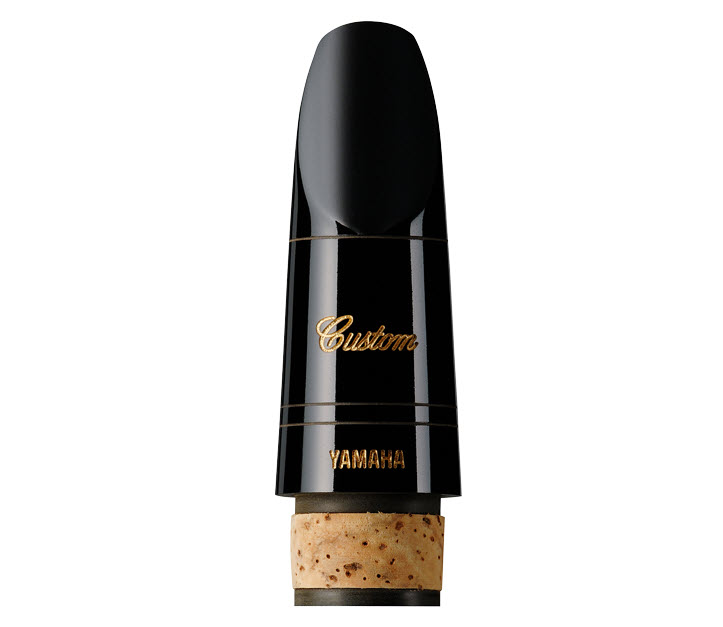
CORK
A final note for discerning customers, says Kerns, is to take notice of the cork at the bottom of the mouthpiece. “It can and likely will wear out over time just from regular use,” he explains. “However, a good repair shop can replace the cork so that the mouthpiece can continue to be used.” So, whether determining the right mouthpiece or the right cork replacement for the right mouthpiece, choose wisely!
Check out the Yamaha “Choosing the Best Clarinet Mouthpiece” website.











